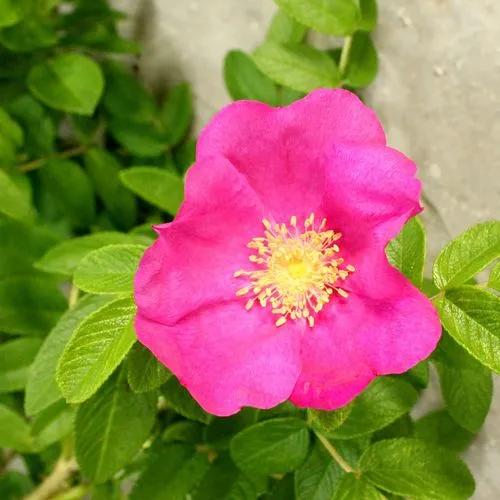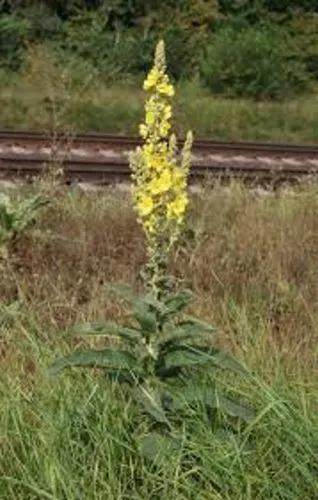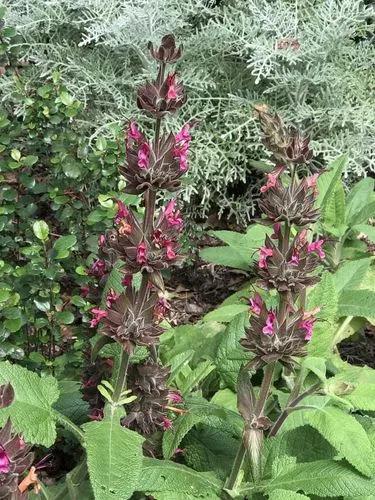The tropical butterworts hail from south-central Mexico, the center of their diversity. Many are also natives of the Caribbean islands, Central America, and subtropical regions of Florida, with a smattering of species in South America. They come in all shapes and sizes. Some varieties grow as rosettes of broad leaves over half a foot across, while others are barely an inch wide. Some of the rarer ones have long, narrow, upright leaves, which make them look more like sundews than butterworts. Their variety is astounding, linked by the common theme of conspicuous, orchid-like flowers. Each variety, species, and hybrid has its own distinctive flower.
True Blue Butterwort Care
Pinguicula Agnata ‘true Blue’



How to Care for the Plant

Water

Unlike most other carnivorous plants, tropical butterworts are prone to rotting if the soil is too wet. Keep the soil moist by top watering whenever the top soil begins to feel dry. It's alright to pour water over your plant! Mucilage washed off the leaves will be replaced within the day. Avoid letting the soil dry out completely.

Fertilizer

Feed bugs, dried bloodworms, or fish food every 2-3 weeks, only use fertilizer if you have plenty of experience growing carnivorous plants

Sunlight

Grow your tropical butterwort in direct morning sun and dappled sun during the rest of the day. Avoid the blazing hot afternoon sun during the summer months - this will stress tropical Pinguicula and could cause them to shrink in size.

Soil

Use a coarse mix of one part sphagnum peat and two parts perlite. Never use potting soil or fertilizer; they will kill your plant.

Temperature

They appreciate a mild ambient climate, which is why they tend to do exceptionally well for coastal growers. A cool windowsill (between 60-75 deg. F., 15-25 deg. C.)

Popularity

72 people already have this plant 30 people have added this plant to their wishlists
Discover more plants with the list below
Popular articles






